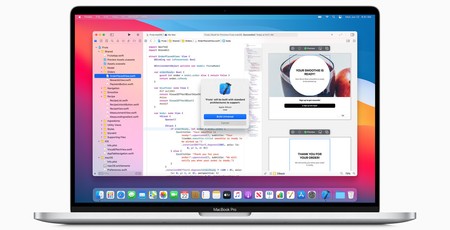
As predicted, Apple has announced that it will be transitioning away from Intel based architecture and switching over to its own Apple SoC in the form of Arm.
It's a rumour that's been gaining traction for quite a while and it was officially confirmed last night at WWDC 2020. The company laid out its roadmap which detailed new operating systems and the new hardware and processors that are yet to come.
Apple CEO Tim Cook explained that the transition will take two years with the first Arm based systems expected to be available by the end of this year. He also explained that Intel based Macs will continue to be supported for the foreseeable future which is nice and vague for anyone who has recently invested in a new Mac.
With plenty of enthusiastic talk, Tim Cook said that the addition of Arm would take the Mac "to a whole new level" explaining that it will allow them to better integrate hardware and software, giving them more control over the innovation cycle which should lead to better performance and lower power usage. Of particular note, Apple reckons it could lead to higher performance GPUs for Mac - something that the company is far from renowned for right now unless you want to pay a considerable sum. Of course, for now, this is all conjecture but we're assuming Apple isn't deliberately on a path to failure so there must be some accuracy to such reports.
Alongside the announcement, Apple also unveiled its next MacOS - Big Sur. That's already been built to take advantage of Arm and Apple based silicon with all the native apps specifically designed with it in mind, as well as Intel-based systems. Adobe and Microsoft also showcased Creative Cloud and Office running on the new architecture.
It's a huge move no matter how you look at it even with Apple keen to stress that it's launching an Universal App Quick Start Program for developers keen to move their apps across to Arm.
Big Sur will also be a huge change, promising to deliver the biggest update in more than a decade with a "spacious new design" that aims to make navigation easier, native support for all iOS and iPadOS apps (thanks to Arm) and a number of useful features that you may well have seen elsewhere but with a typical MacOS flourish.
Expect some big shakeups in the near future for Apple, hopefully with a better and more efficient architecture in the long term.

MSI MPG Velox 100R Chassis Review
October 14 2021 | 15:04








Want to comment? Please log in.